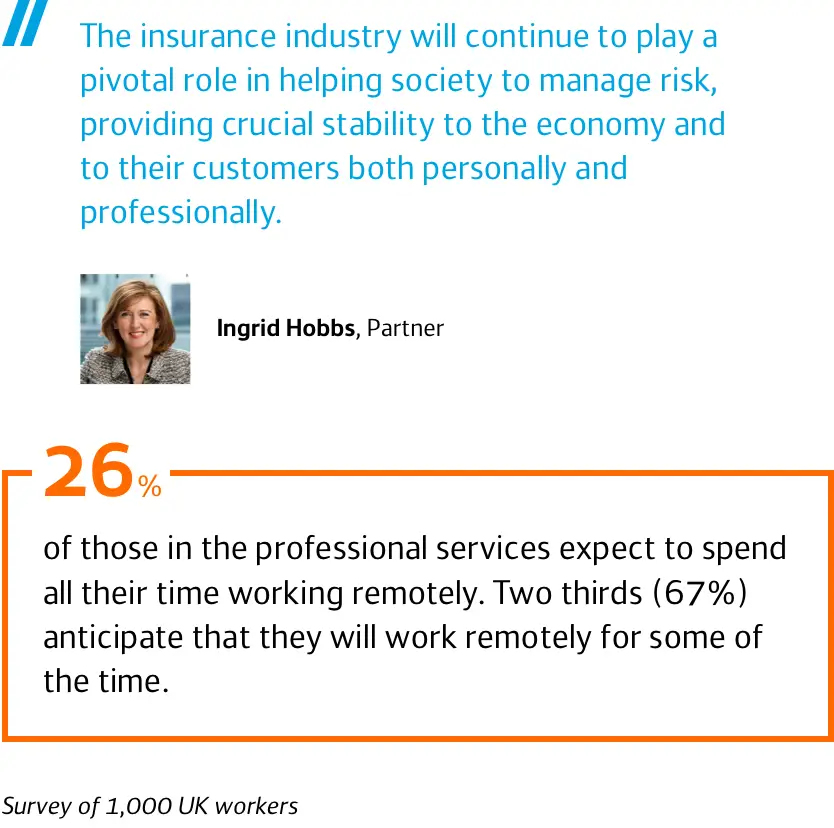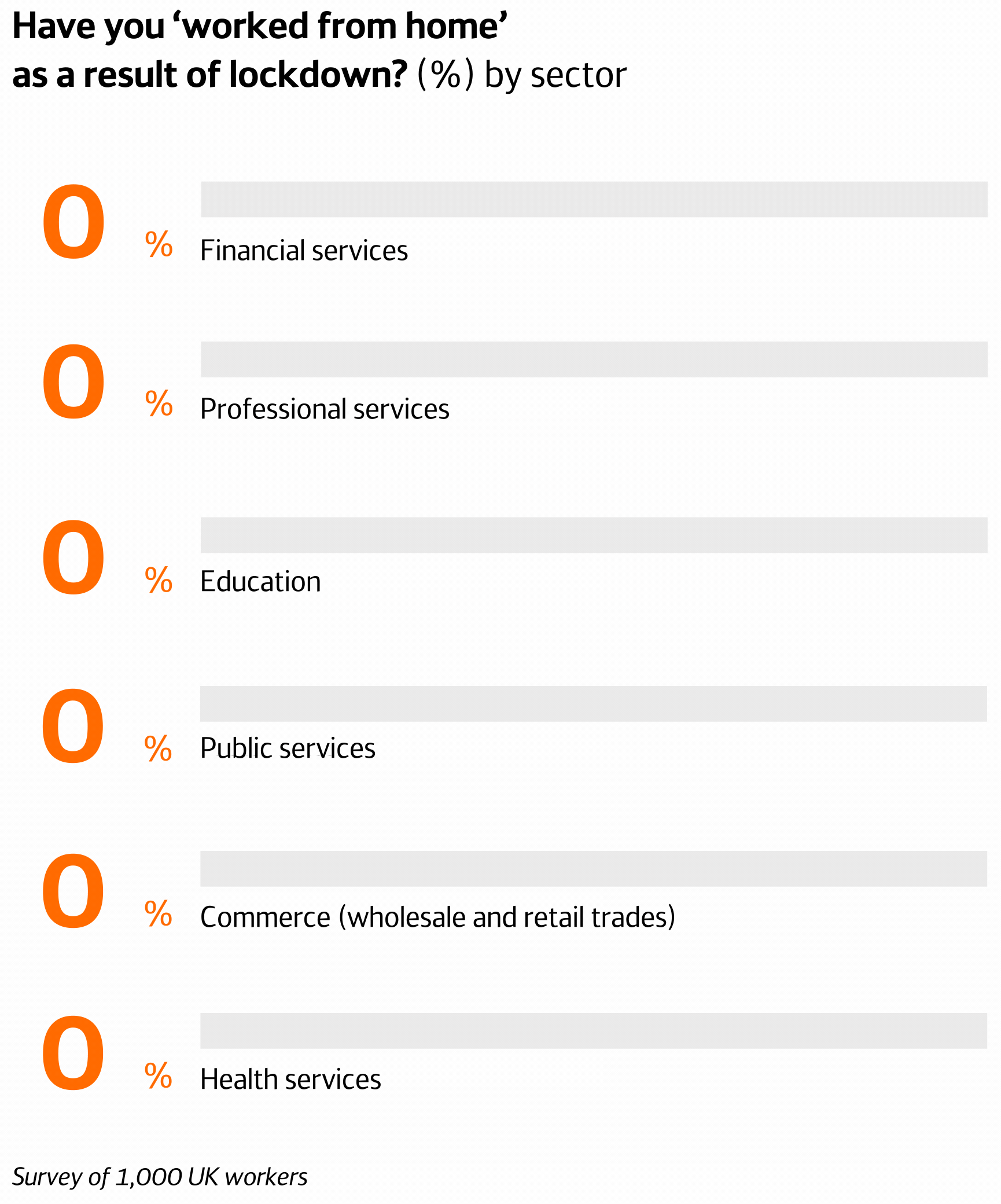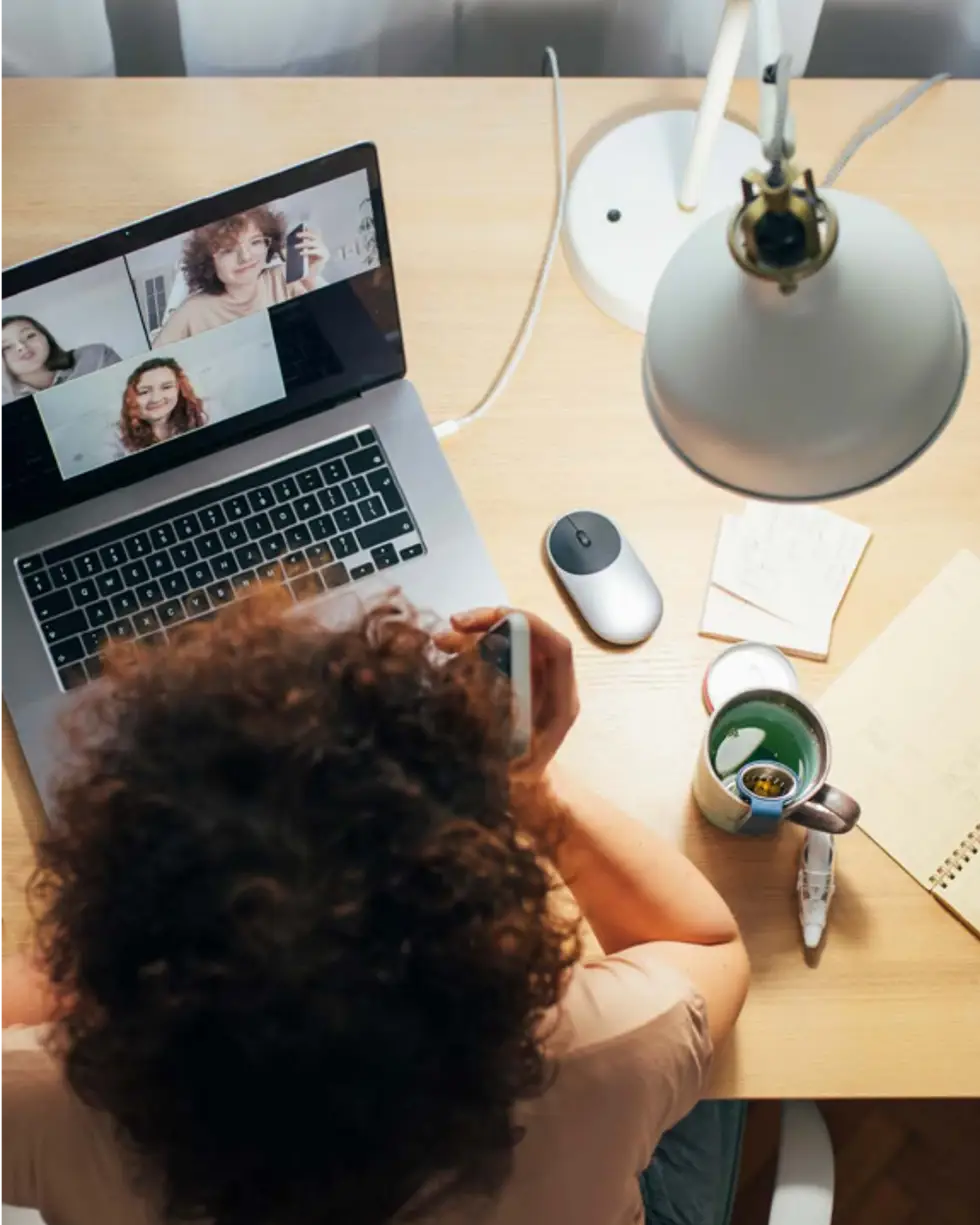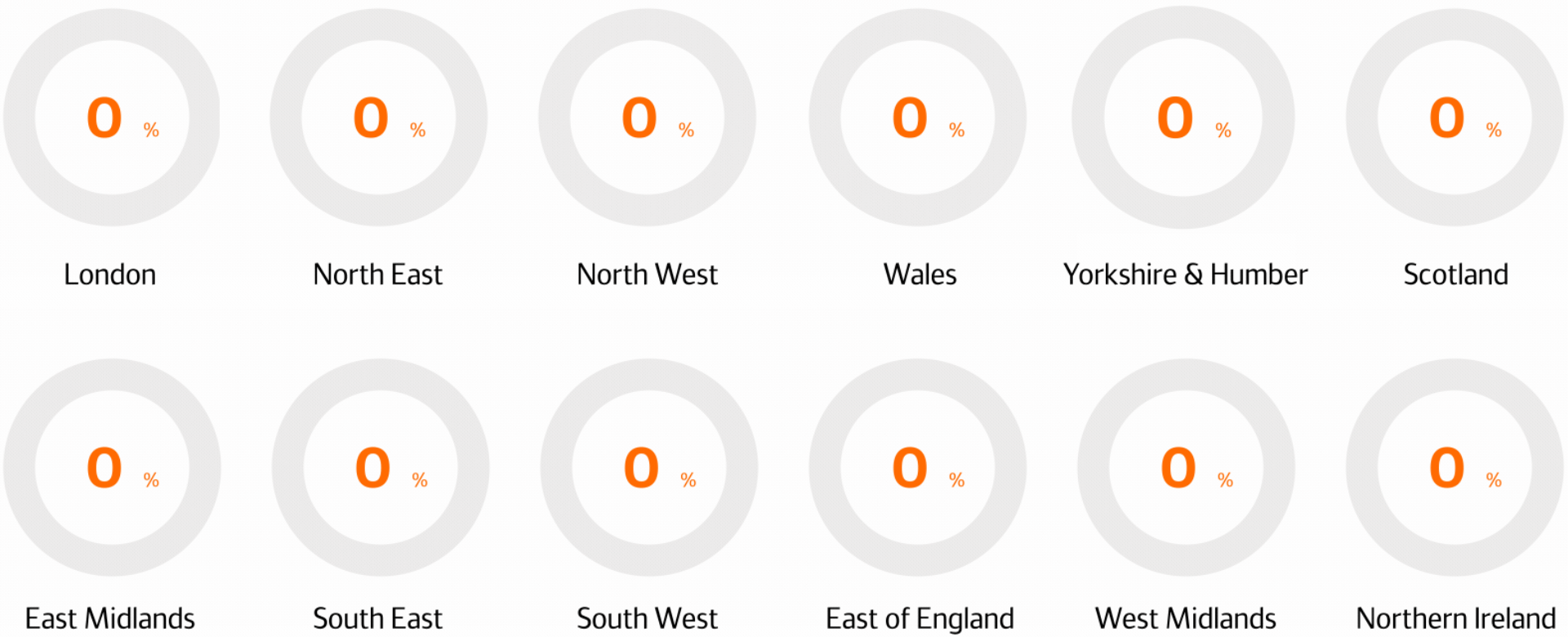

Foreword
Even as the world prepares to continue to roll-out COVID-19 vaccines, social distancing will continue for the foreseeable future, as will the potential for further business interruptions. Businesses must remain agile not only in addressing the business risks which have already materialised during 2020, but they must also look ahead in anticipating new and emerging risk pools as a result of COVID-19.
This report focuses on the important task of looking at the road ahead in order to support businesses in their strategic decision making. From the new cyber threats which will become more apparent in a world where digitisation has accelerated, to the need to redefine health and safety ‘at work’ in a world where many people will find themselves working from home; business leaders are faced with a rapidly changing risk landscape.
Executive summary
Our research identified five key risk themes that have implications and represent both challenges and opportunities for businesses, insurers, and wider society. This will assist in moving the conversation forward as we look beyond COVID-19, highlighting the important need to reshape the dynamic relationship between companies, households, and insurers.
Key risk themes
As we all come to adapt to a more digital lifestyle, the associated cyber risks will grow and become more complex in nature. Our digital lives are only as secure as our digital hardware and software.
- According to our survey 65% of the workforce had worked from home at least some of the time during the pandemic. This figure is higher than the 49% recorded in official data in April 2020. This difference is likely to reflect the fact our survey was undertaken in August 2020, several months into the pandemic.
- In light of the move to remote working, a huge step-change in our approach to managing digital risks is urgently required. Among SMEs, just 7% have cyber risk insurance in place.
- This is particularly important given that 44% of the workforce expect this shift towards home working to become permanent. Among those that spent some of the lockdown period working from home, 90% envisage working to at least some extent post-COVID-19 (26% working entirely from home and 64% splitting time between the office and home).
- The ‘working from home’ trend has particular implications for financial and professional service businesses, with workforces in both among the most likely to have worked from home during the pandemic.
A more digital world has other significant impacts for certain groups of workers. While the desire for an increasingly digital workplace is on the rise, the ability to accommodate flexible working needs, maintain professional competence, train and develop new joiners and managerial oversight of remote workers presents new challenges.
- Over a quarter (26%) of those in the professional services expect to spend all their time working remotely. Two thirds (67%) anticipate that they will work remotely for some of the time.
- As professionals such as doctors and lawyers migrate from face-to-face to digital delivery models, our research demonstrates the need for employers to support those workers in new ways. 34% of those who worked from home during the first lockdown claimed that they made more mistakes in their day jobs, a figure which rose to 44% among those working in financial services.
- Nearly half (48%) said that this may be linked to the fact that they now receive less managerial oversight and felt that the quality of their work is better when working on-site. Any failure to address these new challenges risks creating the conditions for increased professional negligence and professional indemnity claims.
Working from home presents other more subtle dangers compared to office settings. Employers have spent vast amounts of money over many years implementing the measures laid out by Health and Safety at Work legislation, by creating safe workspaces with ergonomic office furniture, occupational health risk assessments and adequate management supervision. As our homes suddenly become a place of work for millions, we are entering a ‘ground zero’ in terms of health and safety and workplace issues. Never before has it been so important to talk about the legal obligations in the workplace.
- Workers reported a series of behavioural changes which are likely to impact on their long-term health and wellbeing. 56% said that they walk around less when working from home with 53% also saying that they take fewer screen breaks.
- Nearly half (48%) already report that they have more aches and pains (e.g. lower back and shoulder pain) since they started home working.
- To date, very few employers have sought to engage their workforce in understanding the nature of this challenge. So far, only 38% of office workers have been offered ergonomic furniture for the purpose of working from home.
- Mental wellbeing has also become a more pressing concern with 47% finding it harder to switch off in the evenings, 43% finding it harder to sleep at night, and 40% feeling overworked and more anxious. Only 20% of workers have been offered online wellness and wellbeing tools.
At the outset of the first lockdown, all modes of transport, except for cycling, witnessed large drops in daily volumes. As the economy reopened, private vehicle usage rebounded reflecting continuing public concerns around public transport systems.
- Nearly half (45%) of those who rely on public transport to get to work said that social distancing and public health were major concerns to them indicating why so many workers continue to work from home.
- It also helps to explain why the number of journeys made by private vehicles has bounced back so quickly following the first lockdowns with 27% expecting to use their car to travel to work more in future compared to before COVID-19. The increasing use of personal vehicles for professional purposes creates potential coverage issues around motor insurance.
- Longer-term trends are also emerging with nearly one third (31%) arguing for governments to introduce car scrappage schemes to encourage people to switch from petrol or diesel cars to hybrid or electric vehicles. The growth in new modes of transport, such as e-bikes and e-scooters, also creates new third party liability issues likely to impact most acutely on commercial fleet operators.
As we ease back into (and back out of) returning to the office to varying degrees, the emphasis on employers to provide secure working spaces – which may include considerations around ‘safe’ colleagues – will be paramount. This presents challenges for small and medium-sized employers, in particular. Adapting smaller working spaces to social distancing measures might not be physically possible.
- The financial costs associated with adaptions, such as providing personal protective equipment, might also prove prohibitive. Few small employers have undertaken detailed risk assessments to capture the new public health risks.
- Currently just 27% of employers claim that they have been offered PPE by their employer. Similarly, low numbers have been offered free COVID-19 tests (25%) and daily temperature checks (26%).

New cyber threats in an accelerated digital age
Greater reliance on digital technology brings greater risk exposure
Prior to 2020, digital transformation was already rising up the priority list of businesses. Companies across all sectors who were slow to adapt to the new digital business models risked being left behind. The COVID-19 lockdown changed the priority of digital transformation from being a progressive decision to a necessary one. Almost overnight, companies were required to develop a digital first strategy capable of supporting a shift towards online working patterns and consumer behaviours.
The greater reliance on digital technology brings with it associated risks of cyber outages, cyber attacks and data protection. Currently, these risks are poorly understood among both households and small business owners.
Home and communal working opens a ‘back door’
With the shift to home working post-COVID-19 meaning people are spending more of their working life virtually connected – including via personal devices – this potentially opens a ‘back-door’ to cyber attacks on corporate data. During the first lockdown, almost two thirds (65%) of UK workers worked from home in some capacity. This figure is higher than the 47% recorded by the ONS in April 2020, though the difference likely reflects the fact that our survey was undertaken in August 2020, several months later into the pandemic.
Over two fifths (44%) of the UK workforce expect they will spend all or most of their time working from home in the future.
Less oversight and support – the realities of remote working


Part 3
Health and safety issues for home workers
Prior to COVID-19, flexible working had been a nice-to-have benefit, infrequently used and often poorly integrated. On 23 March 2020, almost overnight, it became the compulsory new norm for millions of people with the UK Government introducing its first COVID-19 lockdown.
The physical strains of home working
For the first three months of the pandemic, offices were forced to close physically. Businesses had to adapt quickly in order to keep operating, albeit virtually. This has led many employers to consider what their workplaces should look like post-pandemic. Indeed, many commentators already consider the concept of spending five days working in the office likely to become a thing of the past.
However, whilst employers may see cost benefits in reducing office space, due consideration needs to be given to the emerging health and safety risks associated with protecting their employees who are working from home. Health and safety issues have not yet registered for many employers across all sectors.
Many commentators already consider the concept of spending five days working in the office likely to become a thing of the past
% of workers who feel their employer is likely to invest less in health and safety measures in next 12 months
(shown by sector)

A long-term reconfiguration of commuting habits

What will motivate your choice of transport for travelling to work in the future?
(% stating public health concerns)

COVID-19 related public health issues


Barriers to improved risk management
Managing risks and responsibilities alongside financial pressures
Whilst it is clear we need to make a step-change in efforts to identify and manage the emerging risks facing businesses and households, what is not clear at this stage is who should take the lead. Employers are understandably focused on economic and financial considerations. Insurers are having to manage an increase in inquiries and activity across multiple different lines. Meanwhile government is focused on the day-to-day firefighting as it grapples with the rapidly shifting situation surrounding the pandemic. Ultimately, in an environment when strain is felt ubiquitously, responsibility will have to be shared by all parties to effectively manage risk in the future.











